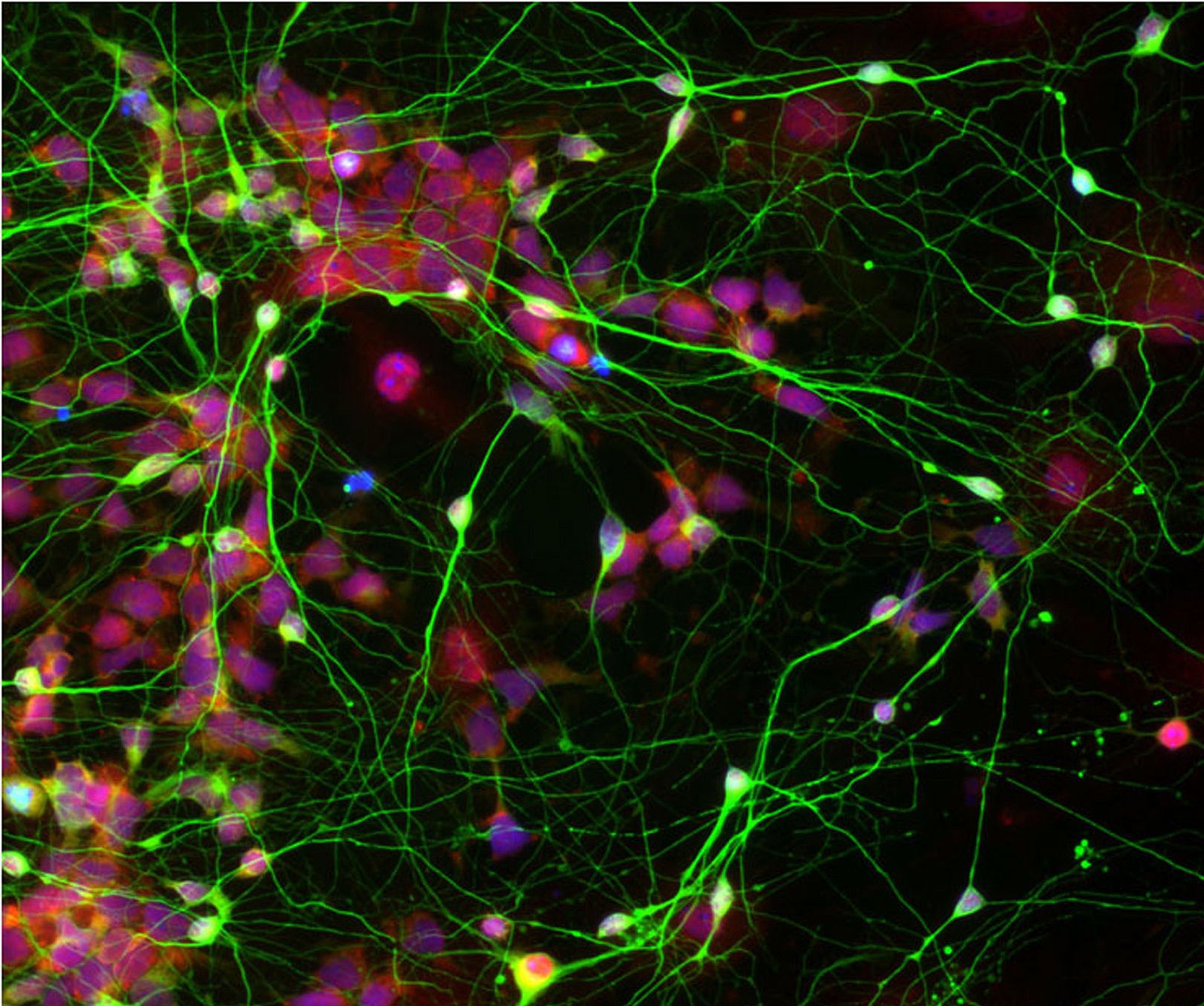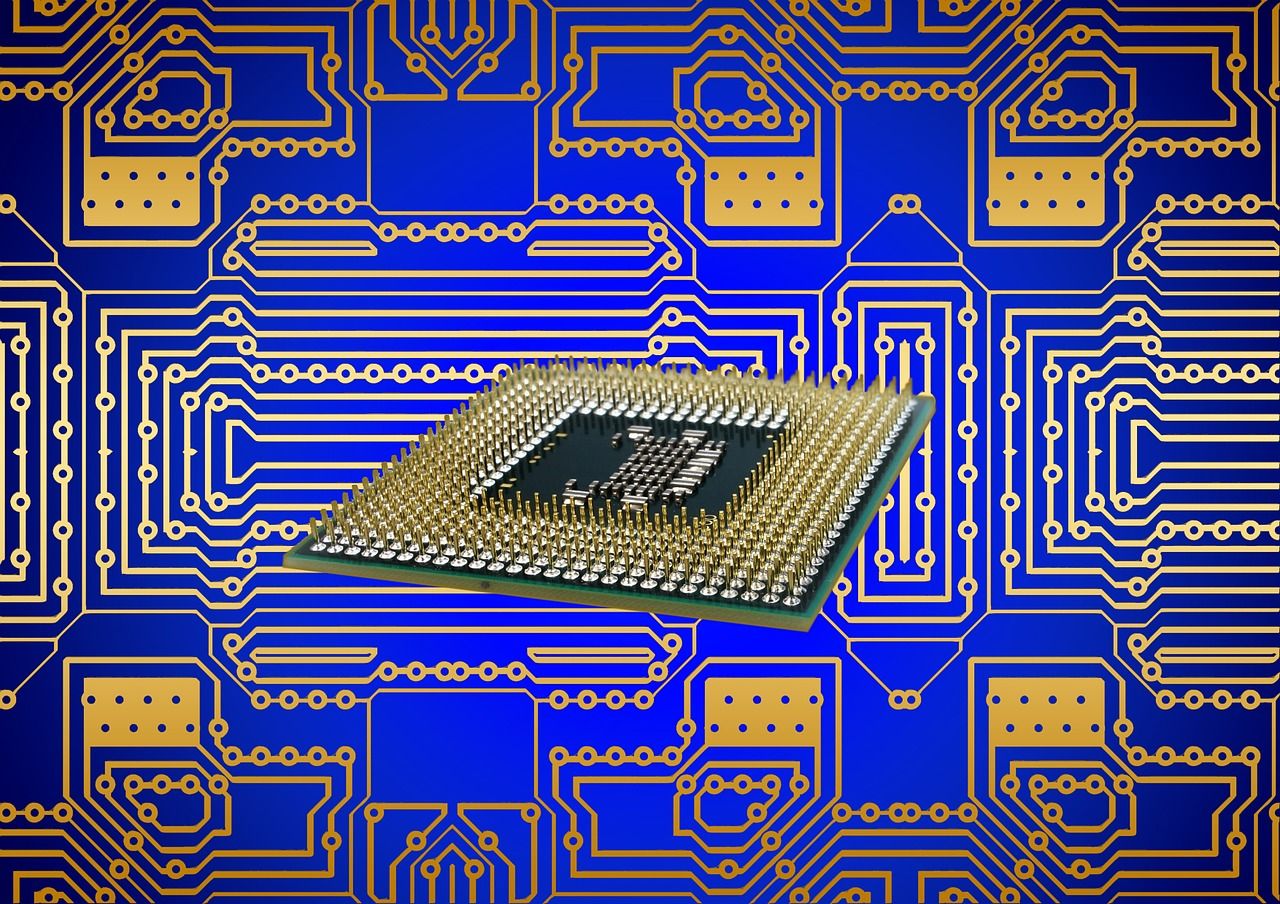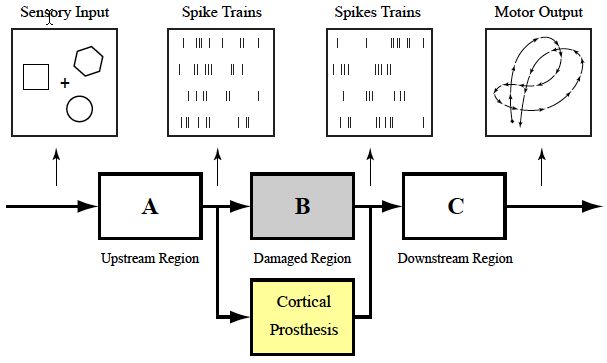The institute in Shenzhen, China, that creates the pigs quoted an initial price tag of $1,600.


The institute in Shenzhen, China, that creates the pigs quoted an initial price tag of $1,600.

Moore’s Law is, and shall be for a very long time, the law of the land.
Singularity: +1, Luddites: Who cares, they don’t use computers.
wink
Schematic of a set of molybdenum (M0) end-contacted nanotube transistors (credit: Qing Cao et al./Science)
IBM Research has announced a “major engineering breakthrough” that could lead to carbon nanotubes replacing silicon transistors in future computing technologies.

Could discovering how neural stem cells protect themselves from damage lead to treatment that helps combat aging?
We now know that stem cells in the brain do in fact divide, and that this regenerative capacity begins to falter with age. The majority of our cells don’t divide, and the bulk of division falls to stem cell niches dotted across our body. Stem cell populations do age, but they’re more resistant than ‘normal’ cells are, and they produce higher levels of telomerase — enabling them to divide for years.
How do brain stem cells remain free of damage?
Neural stem cells aren’t perfectly protected from aging, but they’re generally a hardier bunch. Scientists from the University of Zurich have now discovered that part of this aging resistance in neural stem cells is due to a ‘diffusion barrier’. When they divide, these cells produce a barrier which filters out damaged proteins to one side, allowing the new cell to be damage-free.

Science usually approaches aging from a mechanical viewpoint, but could there be more to the story?
Why do so many scientists now believe that aging has been programmed by evolution?
Science usually approaches aging from a mechanical viewpoint, but the evolutionary theory of aging has gained more support as we observe the wide variation in aging between species.
The million dollar question: Why do we age?
Theories like the free radical theory of aging propose that aging is an inevitable process of being alive; that every day on this earth exposes the body to reactive chemicals, and aging is simply the gradual accumulation of damage. While we know the body does indeed accumulate forms of damage, the suggestion that this is inevitable is now being challenged.

Brain speed declines for most people with age, and new data shows it may be because of increasingly busy, noisy circuits.
The human brain takes in a lot of information. Everyone has to deal with a slog of incoming data every day, and add it to an ever expanding bank of knowledge. Your brain re-organises itself pretty well, but new research suggests this clutter begins to have effects as it builds up.
A clouded brain.

As implants and bio-hacking gain popularity, could tweaking the body’s circuits become a mainstay in future medicine?
Bioelectronics offer everything from precise diabetes treatment to appetite reduction. In a world where most of us have a phone glued to our hand at all times, combining ‘wetware’ with hardware is starting to make real sense.

“That makes Veritas the first company to break the much anticipated threshold of a “$1,000 genome.” Mirza Cifric, Veritas’s CEO, confirmed that, initially at least, the new price is less than the cost of actually generating the data, when equipment and chemical supplies are included.”

Cortical memory prosthesis uses internal brain signals (e.g., spiketrains) as inputs and outputs, bypassing damaged region (Dong Song et al.)
A brain prosthesis designed to help individuals suffering from memory loss has been developed by researchers at USC and Wake Forest Baptist Medical Center.

A few weeks ago, a drunk man in Japan was arrested for kicking a humanoid robot that was stationed as a greeter at a SoftBank, Corp., store, which develops the robots. According to the police report, the man said he was angry at the attitude of one of the store clerks. The “Pepper robot” now moves more slowly, and its internal computer system may have been damaged.
Under current Japanese law, the man can be charged with damage to property, but not injury, since injury is a charge reserved for humans. Dr. Yueh-Hsuan Weng, who is cofounder of the ROBOLAW.ASIA Initiative at Peking University in China, and former researcher of the Humanoid Robotics Institute at Waseda University in Japan, thinks a better charge lies somewhere in between.
Weng is advocating for special robot laws to address the unique nature of human-robot interactions. He argues that humans perceive highly intelligent, social robots like Pepper (which can read human emotions) differently than normal machines—maybe more like pets—and so the inappropriate treatment of robots by humans should be handled with this in mind.